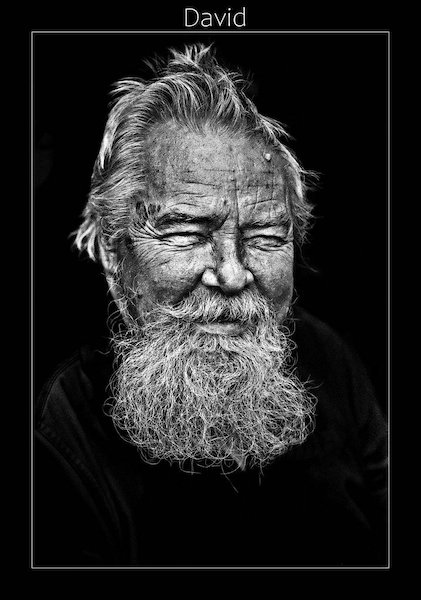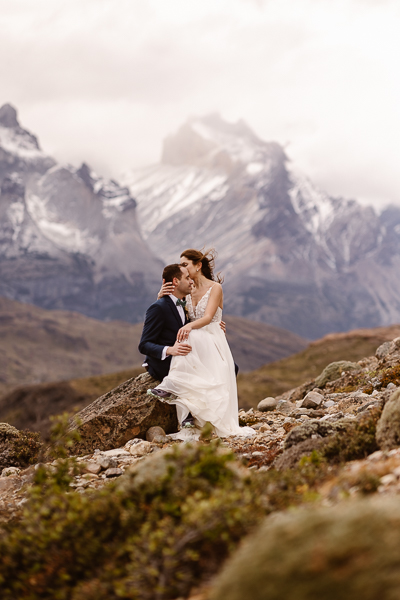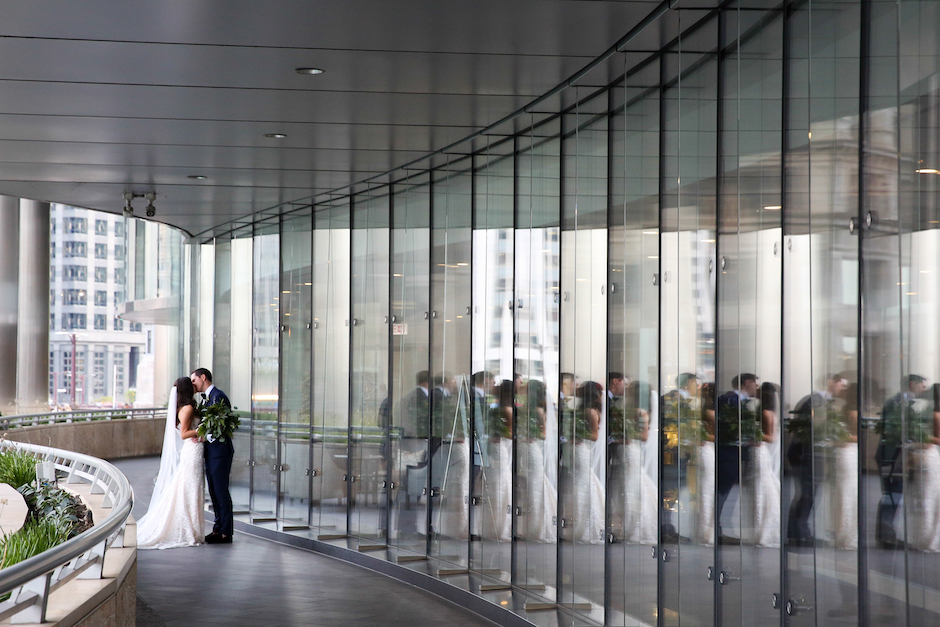A Photographer You Should Know: Vicky Papas Vergara
August 1, 2016
She entered the photography scene just a few years ago, but Vicky Papas Vergara has already earned the title of “award-winning,” multiple times over. Here, we talk to the Melbourne, Australia-based artist on her process and how she found her niche.
Rangefinder: How did you get into photography, and what draws you to fashion-oriented fine-art portraiture in particular?
Vicky Papas Vergara: As a 16-year-old, I would always sketch up fashion illustrations and come up with so many designs. But I never pursued fashion, mainly because I was never encouraged by my father; I suppressed my true passion until the age of 41 (I have been a professional hair stylist for 30 years and own a salon where I still work three days a week—I do all the hairstyling in my shoots)! Then, I started painting women on large canvases and it progressed into creating wearable art pieces where I would dress my models and photograph them. I got a lot of attention on social media from those images, and that encouraged me to pursue the genre. I quickly developed my own style. From there, I perfected my photographic craft and post-production skills, attending workshops to learn as much as I could, to create stylized fine-art portraits. I started exhibiting my work a year ago and selling limited-edition prints on canvas, framed 1.5 by 1 meter, and then I paint brush strokes on them to personalize each print.
Rf: Are your photo subjects professional models or clients?
VPV: I photograph a combination: Clients who connect with my work and want a stylized art portrait will reach out to me, and I reach out to my favorite art models, which includes Burlesque dancers, art nude models and dancers. They are an art form in themselves and are incredible at moving their bodies and creating these feminine forms, as opposed to fashion models, who are fantastic at posing for high-fashion and editorial shoots.
Rf: How do you approach posing?
VPV: When I meet a new model and get to work with her, my first step is to get to know her and her style of posing, her characteristics and personality, and I allow her to freestyle to see how she moves and how comfortable she is with her body. After I have observed this, I then add my touches to complement her style; I make sure every element in the pose is perfect—hands, body position, neck, face, expression—before I click the shutter.
Rf: When you’re shooting clients, how do you get them comfortable in front of the camera?
VPV: Once I have dressed them, I gently coach them into getting into character. The poses are subtle. It’s quite easy to coach a client into a pose like that.
Rf: Where do you get your ideas for your shoots?
VPV: My ideas have a lot to do with the wearable art I have created at the time. I am going to pose her to suit the gown, the era and the feel of the concept. I make most of the wearable art for my shoots. I have made a lot of costumes and accessories, but I recycle them—it gets expensive!
Rf: Which do you prefer, shooting in the studio or on location?
VPV: Earlier on I had no choice but to shoot on location because I didn’t have a studio. That was not ideal for me because I had to consider weather conditions and the comfort of the models. A couple of years ago I set up a studio that allowed the freedom of lighting control and I could photograph any time of day. The fact that the subject is the graphic element in my images, without too many distractions, works for me.
Rf: Do you style your sessions yourself?
VPV: The last few years I have had 90 percent control of the styling, including creating the wearable art, hair and makeup—the total look. I do collaborate with some very talented people, including one of my best friends, Saphire Gaskas, a makeup artist who also creates incredible wearable art, as well as with makeup artist Lizzie Sharp. It’s always great to collaborate, but I am a control freak and love when I am in control of the entire process.
Rf: Do you retouch as well?
VPV: I do all of my own post-production—knowing how to finish an image and take it to another level is very important to me. My retouching is very painterly, but I keep it simple: skin retouching, using frequency separation, and dodging and burning to add dimension and tone the image.
IN HER GEAR BAG
Camera: Canon 5D Mark III
Lenses: 85mm, 24-70mm, 70-200mm
Lighting: Profoto B1, Ice Light
Related: A Photographer You Should Know: Celebrity Shooter Miller Mobley
8 No-Fail Posing Tips for Every Shoot
WPPI Trend Report 2016: Vicky Papas Vergara




